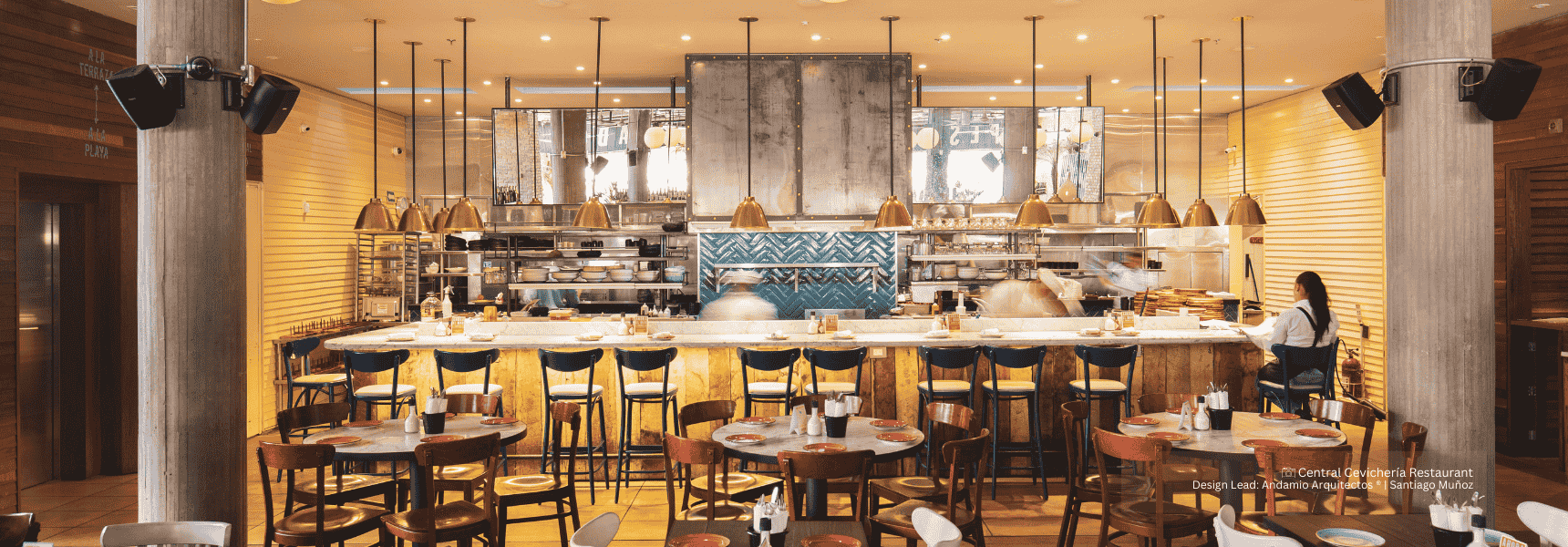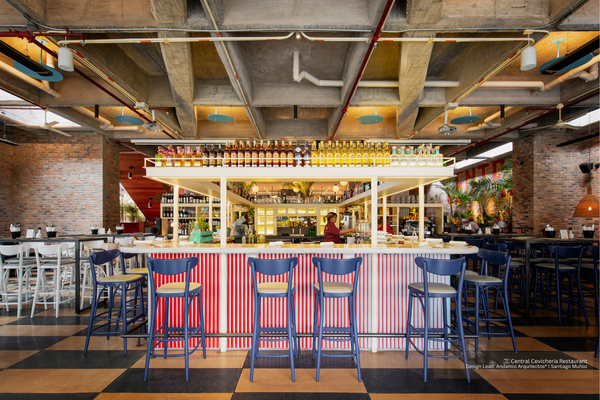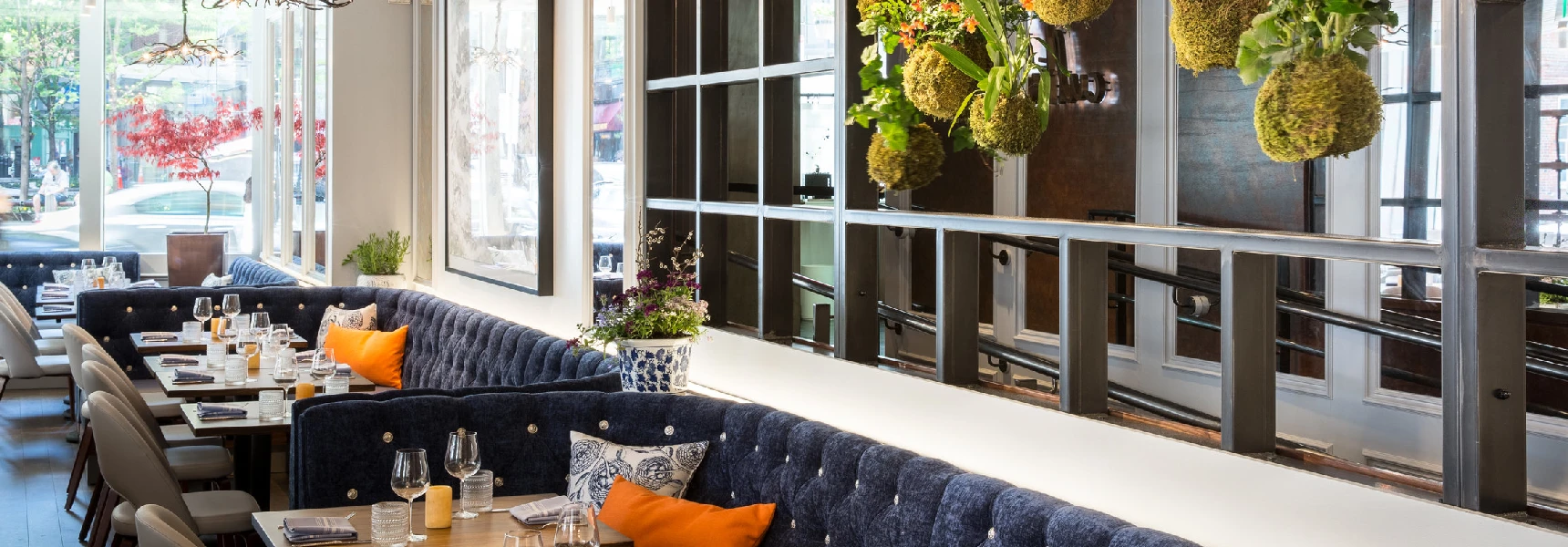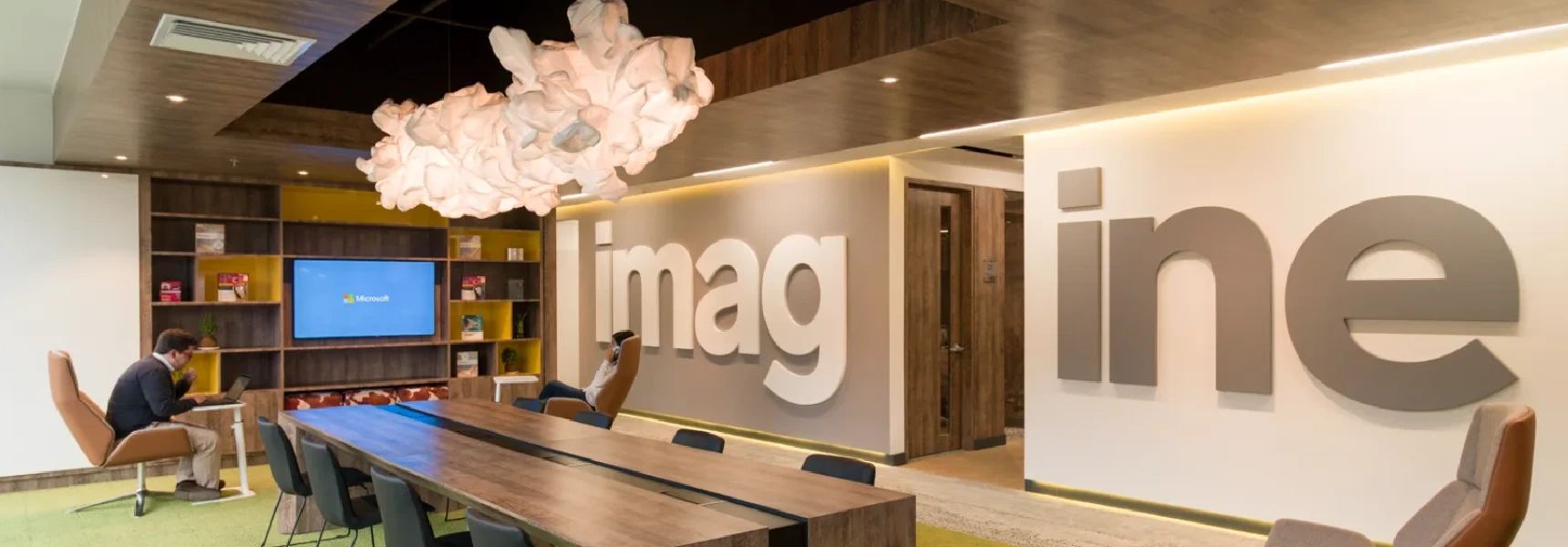Innovation
Why Restaurant Layout and Branding Are Your Best Design Strategy

Aligning Restaurant Layout with Brand Identity: Why It Matters More Than You Think
In the competitive world of hospitality, where customer experience is everything, your restaurant’s interior design isn’t just décor, it’s strategy. Restaurant interior design plays a pivotal role in defining how guests perceive your brand, and how they feel while dining. From the moment someone walks through your doors, the layout, lighting, colors, materials, and even the placement of tables quietly communicate your story. If you’re not aligning your restaurant layout and branding from the start, you’re missing a golden opportunity to differentiate, connect, and convert.
Design Begins with Brand
A successful restaurant brand is more than a logo or a clever name. It's a feeling, an emotional experience that resonates with your target clientele. Interior design must serve as a physical manifestation of this brand. Whether you're evoking rustic warmth in a farm-to-table concept or sleek precision in an upscale sushi bar, the environment must consistently reinforce your promise.
Start by defining your brand attributes. Are you bold and youthful? Minimal and refined? Whimsical and eclectic? Each trait translates into spatial design decisions, from materials and textures to lighting intensity and layout geometry.

Layout as a Business Tool
Your layout isn’t just about aesthetics; it’s about function and flow. Strategic restaurant layouts maximize seating capacity without sacrificing comfort. But beyond efficiency, they also shape mood, pace, and even spending behavior.
- Fast-casual brands may use open layouts with high-traffic zones to encourage fast turnover.
- Fine dining typically features spacious, softly lit arrangements that promote relaxation and longer stays.
- Family-friendly eateries often prioritize booths and clear sightlines for supervision.
Zoning is critical. Create visual and experiential separation between dining, bar, waiting, and takeout areas. Sound buffering, scent control, and intuitive wayfinding all contribute to an optimized guest journey.
Materials that Speak
Materials carry narrative power. A reclaimed wood table whispers of sustainability and tradition. Polished concrete floors nod to urban minimalism. Velvet banquettes suggest elegance and indulgence. Choosing the right mix of surfaces can elevate both design and brand.
Also consider durability and maintenance—busy kitchens, high-traffic restrooms, and varied climate conditions call for practical choices that still support your desired ambiance.
Lighting and Mood
Few elements are as transformative as lighting. It can make your space feel intimate or expansive, energetic or tranquil. Dimmer controls allow for flexible atmospheres, shifting from a bright lunchtime buzz to moody evening elegance. Light fixtures themselves act as sculptural statements that reinforce your aesthetic.
Use lighting to guide behavior: highlight menu boards in counter-service spots, softly wash walls in lounge areas, and spotlight food for that Instagrammable moment.
Color Psychology
Color affects appetite, emotion, and memory. Earthy tones (like terracotta, sage, or mustard) feel grounded and organic, ideal for health-focused or locally sourced concepts. Red and orange are known to stimulate appetite and energy, popular in fast-food chains. Blue, while calming, can suppress hunger—use sparingly unless counterbalanced with warmth.
Always ensure color palettes extend across your website, uniforms, menus, and signage. Brand consistency builds trust and recognition.
Branding Beyond the Logo
Branding doesn’t stop at the signage or business cards. Your interiors must seamlessly extend your brand DNA. Use custom wall murals, bespoke furniture, or curated playlists to reflect your concept’s essence. A tapas bar with mosaic tiles, flamenco music, and handwritten menu boards tells a clear story. A minimalist ramen joint with matte black surfaces, crisp fonts, and soft jazz sends a completely different signal.
Even scent branding is gaining traction. A distinctive aroma, like citrus, cedar, or baked bread, can deepen sensory recall and customer loyalty.

Tech and Experience
Modern diners expect convenience without compromising ambiance. Digital menus, QR codes, and mobile ordering should be integrated without disrupting the design flow. Conceal tech within the architecture—use tablets embedded in wooden stands or incorporate subtle cable management in hostess stands.
More experiential brands even incorporate AR/VR storytelling or open kitchens as part of the dining theater, turning layout into an immersive brand stage.
Case in Point: When Layout Goes Wrong
A beautifully designed space can still fail if layout is overlooked. Consider the high-end vegan café with an acoustically reflective ceiling and crowded communal tables. Though stylish, the experience was so noisy and chaotic that it drove away the very demographic it aimed to attract—wellness-seekers seeking calm.
Contrast this with a neighborhood gastropub that used curved booths to buffer sound, layered lighting for comfort, and local artwork for connection. Its layout didn't just support branding—it became the brand.
The Takeaway: Design for Connection
In the restaurant world, every design decision either reinforces or detracts from your brand. Aligning your restaurant interior design with your identity isn’t optional, it’s foundational. Your guests don’t experience your business in silos—they live it holistically. A compelling menu can’t save a disjointed layout, just as flawless service can’t override visual confusion.
So ask yourself: What does your space say about who you are?



